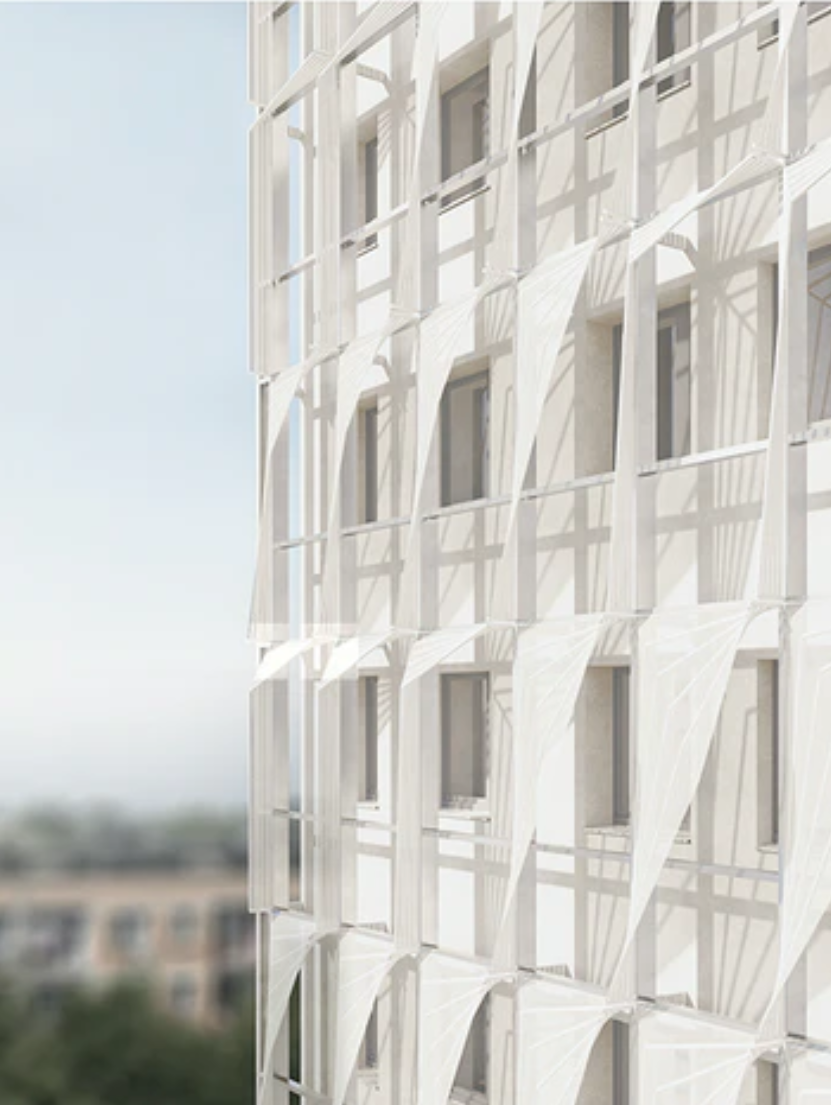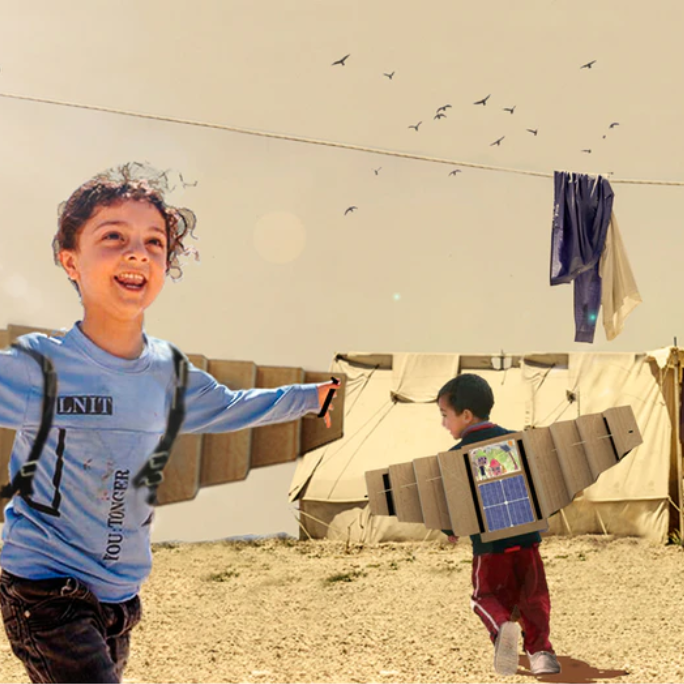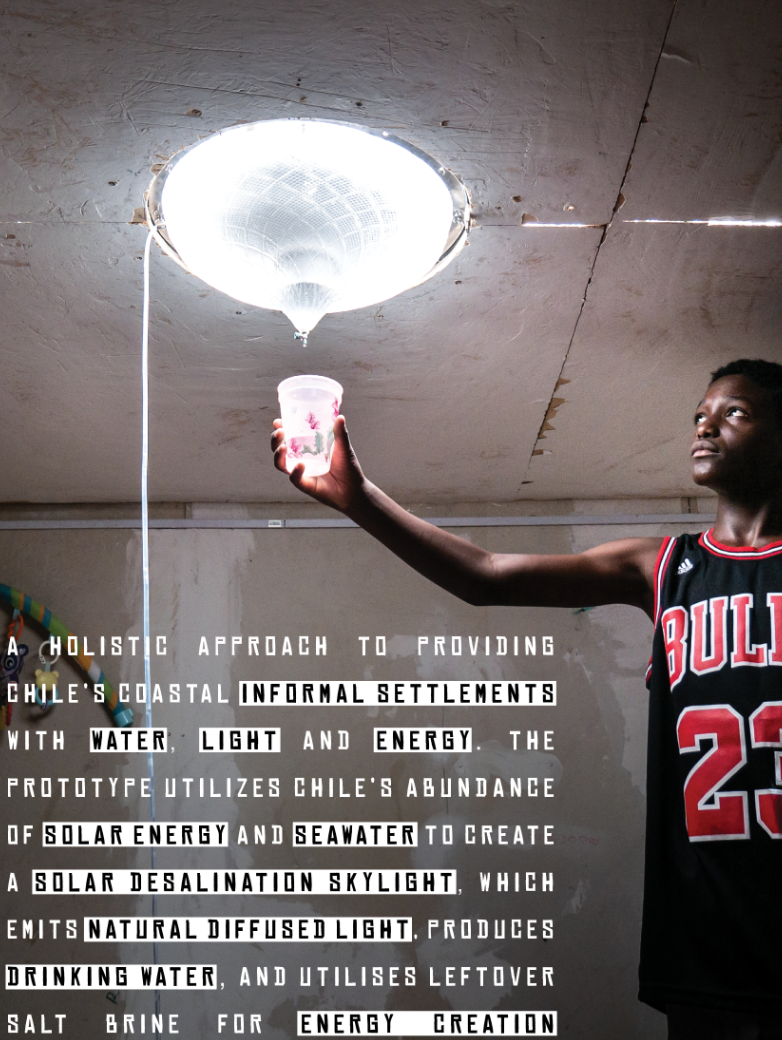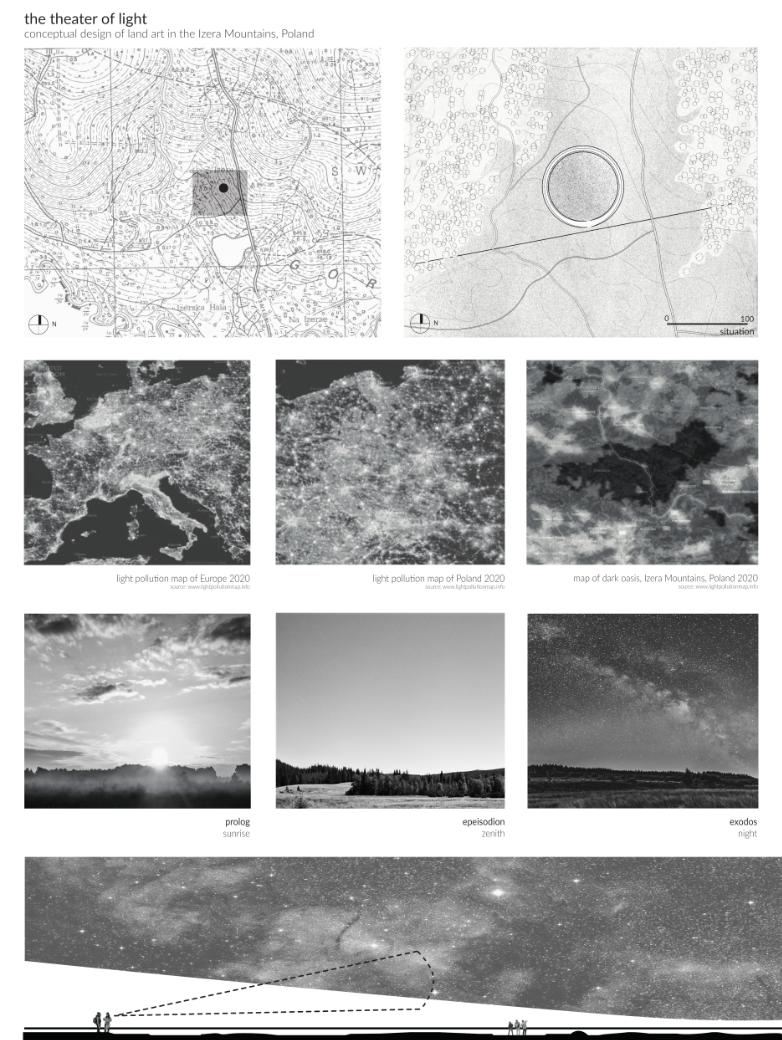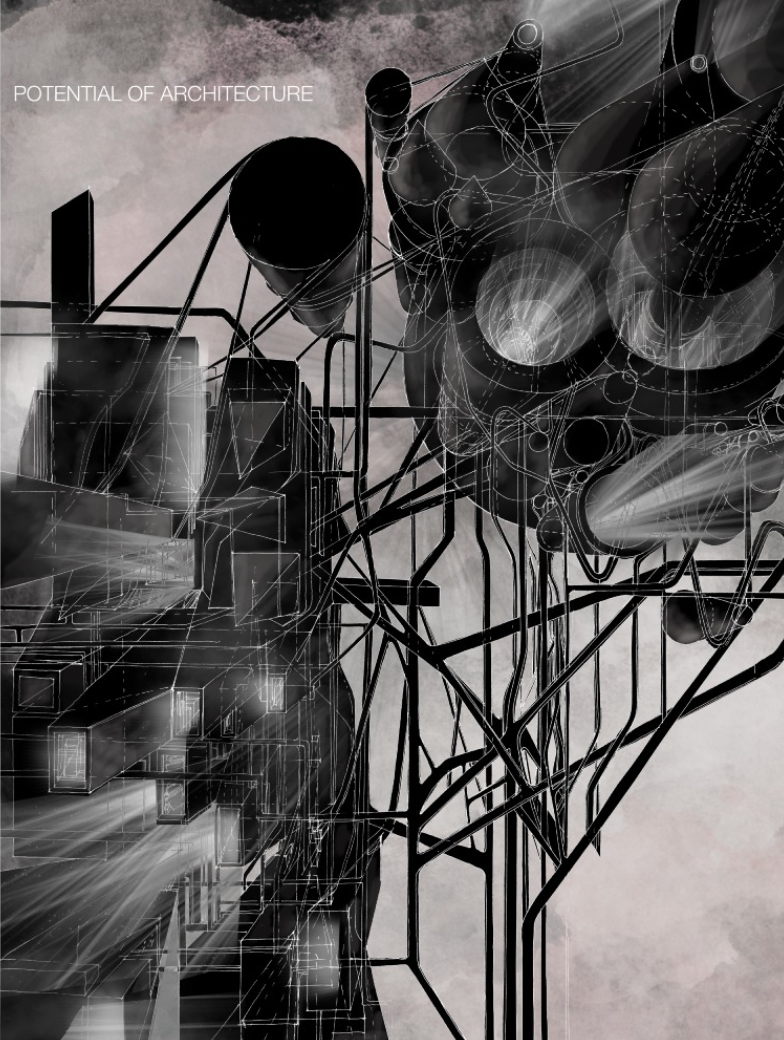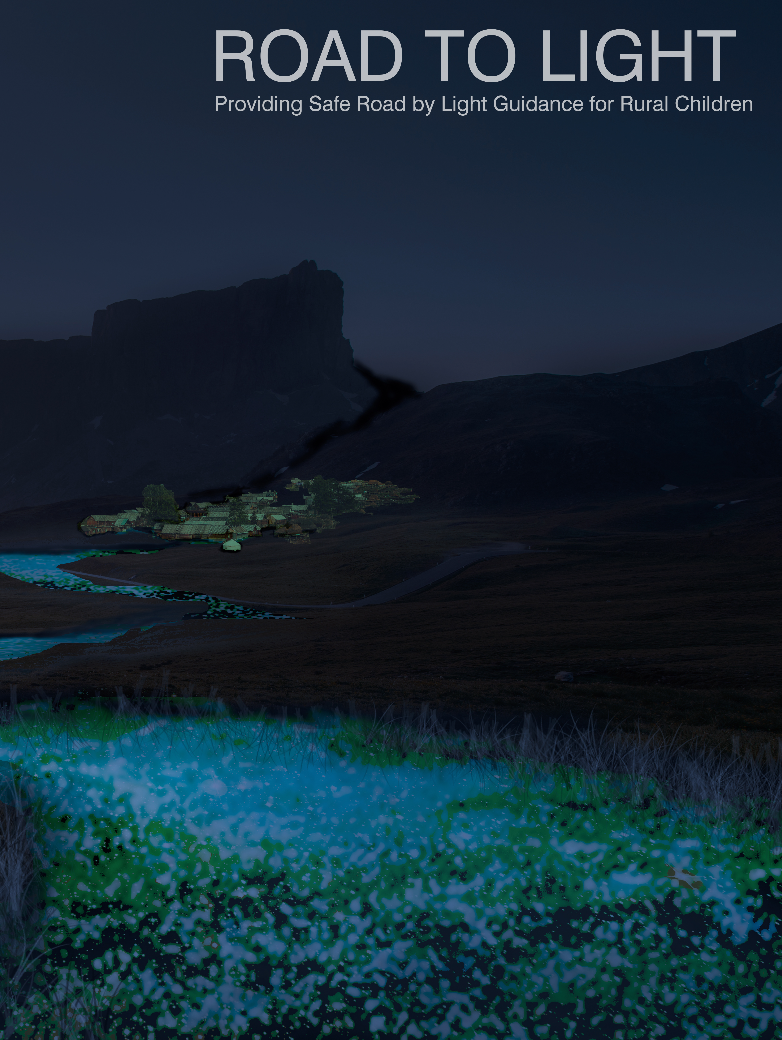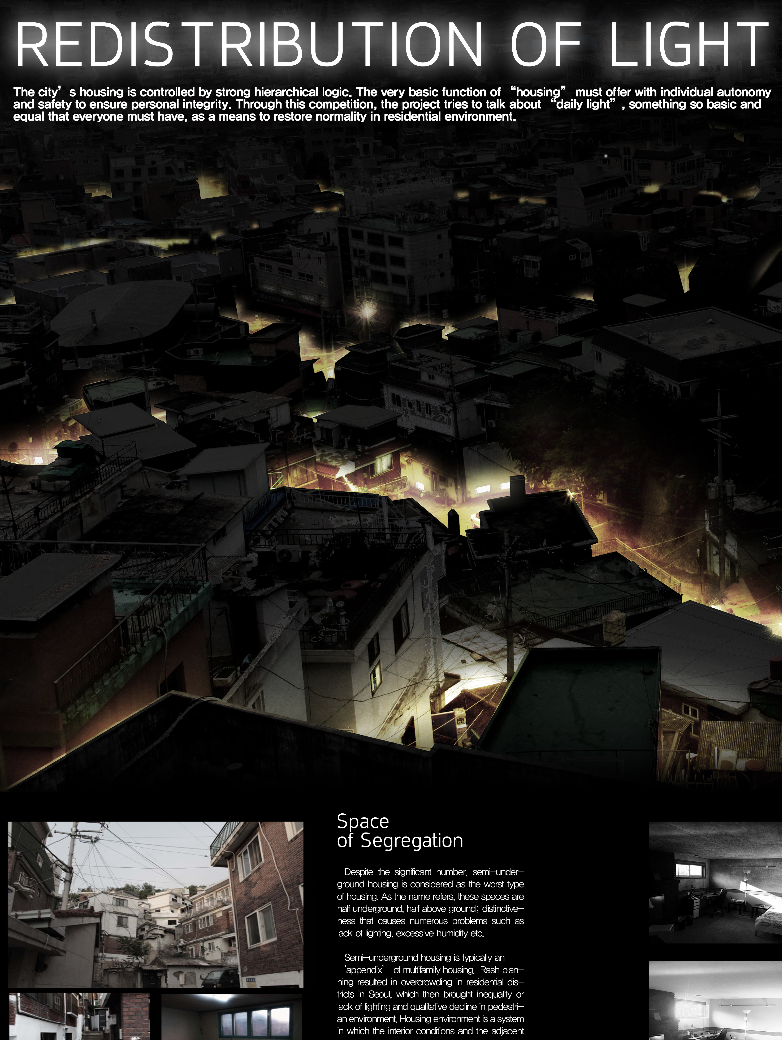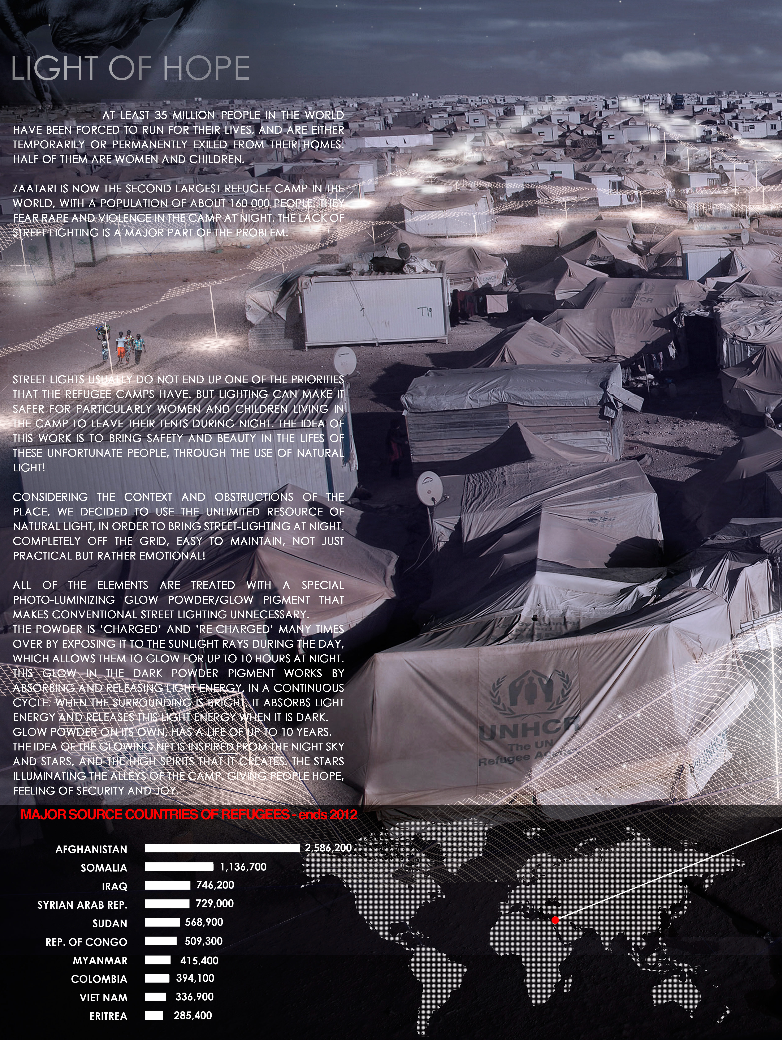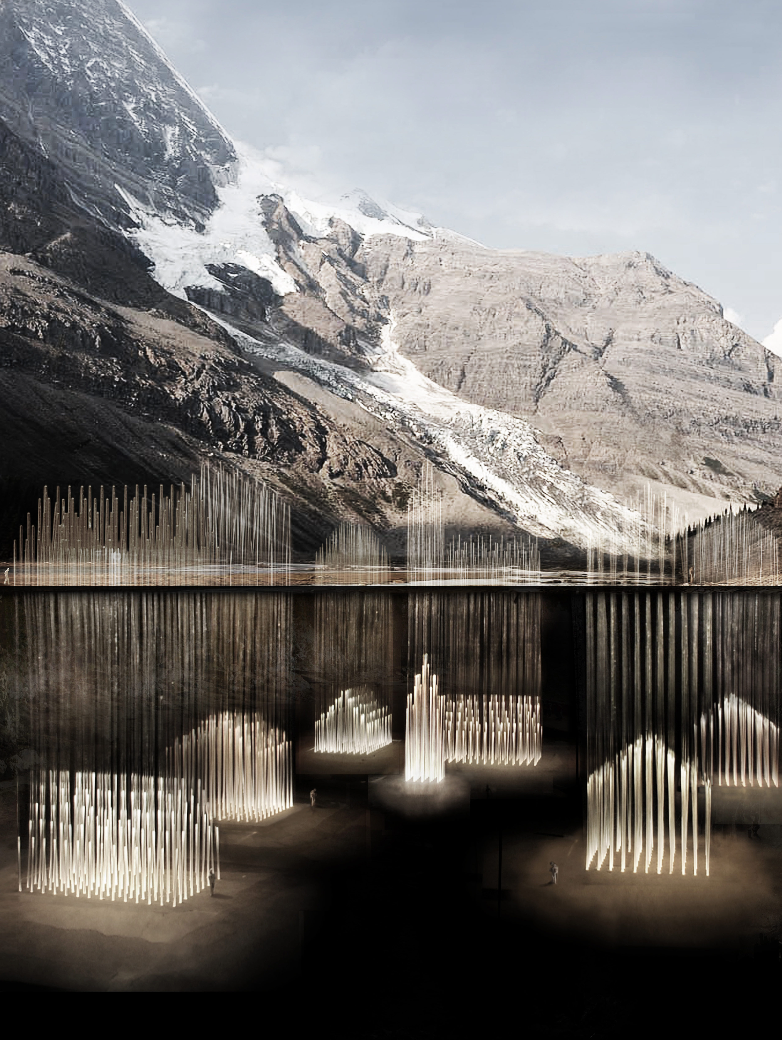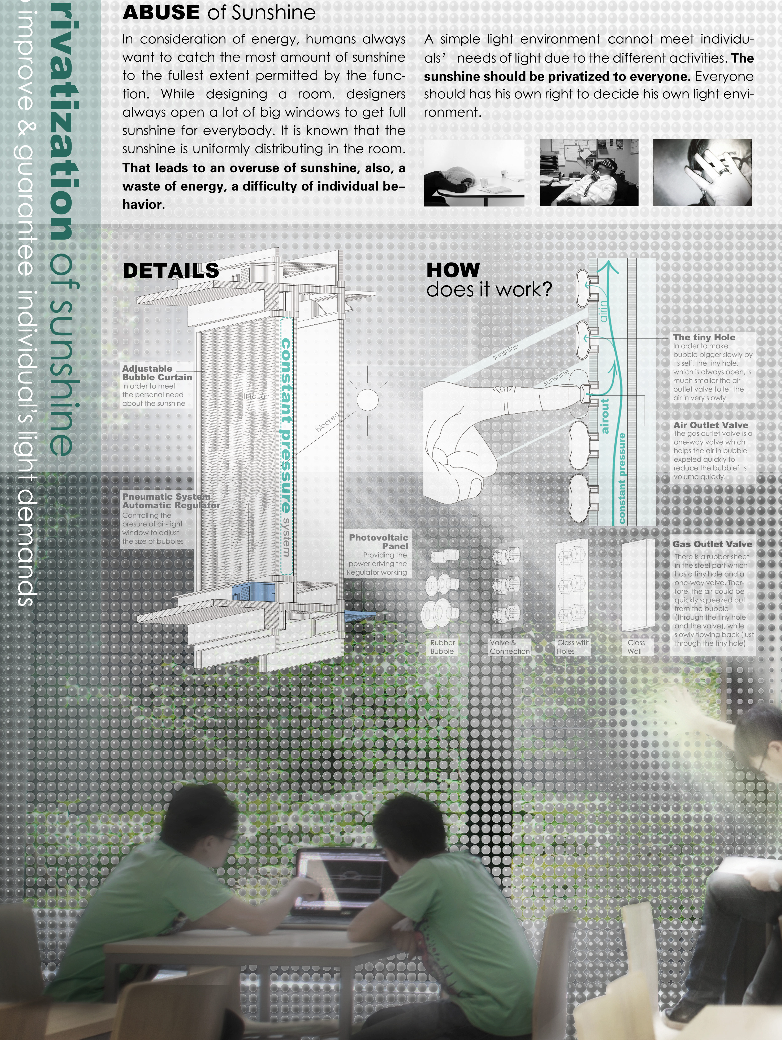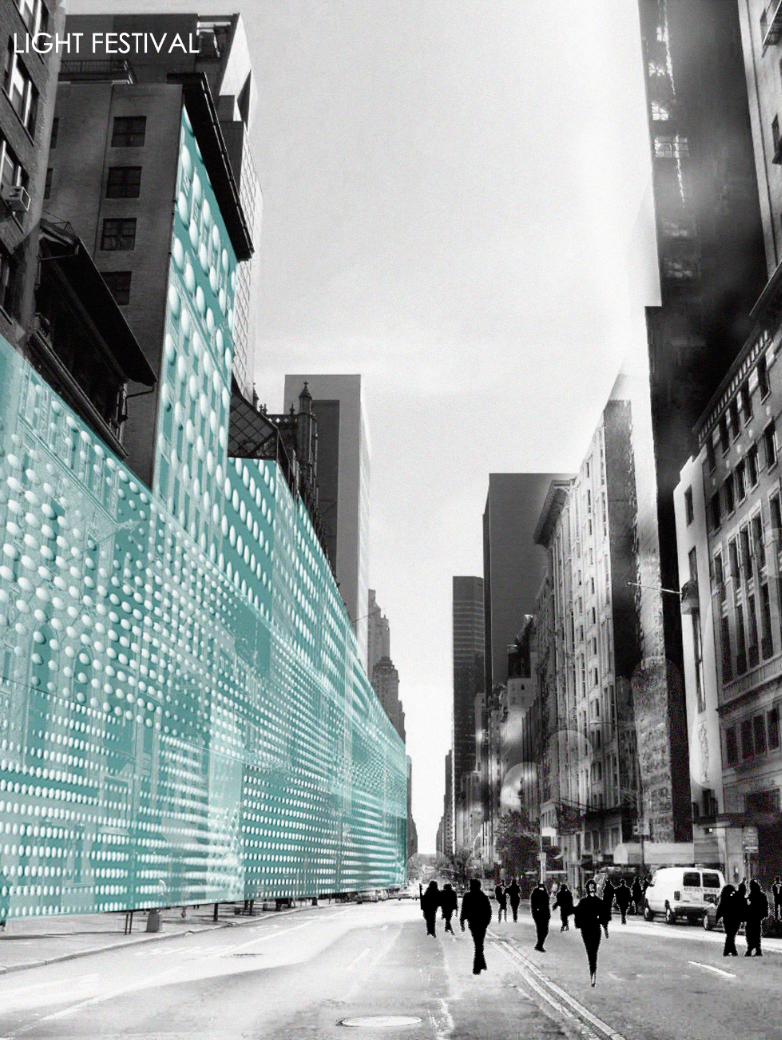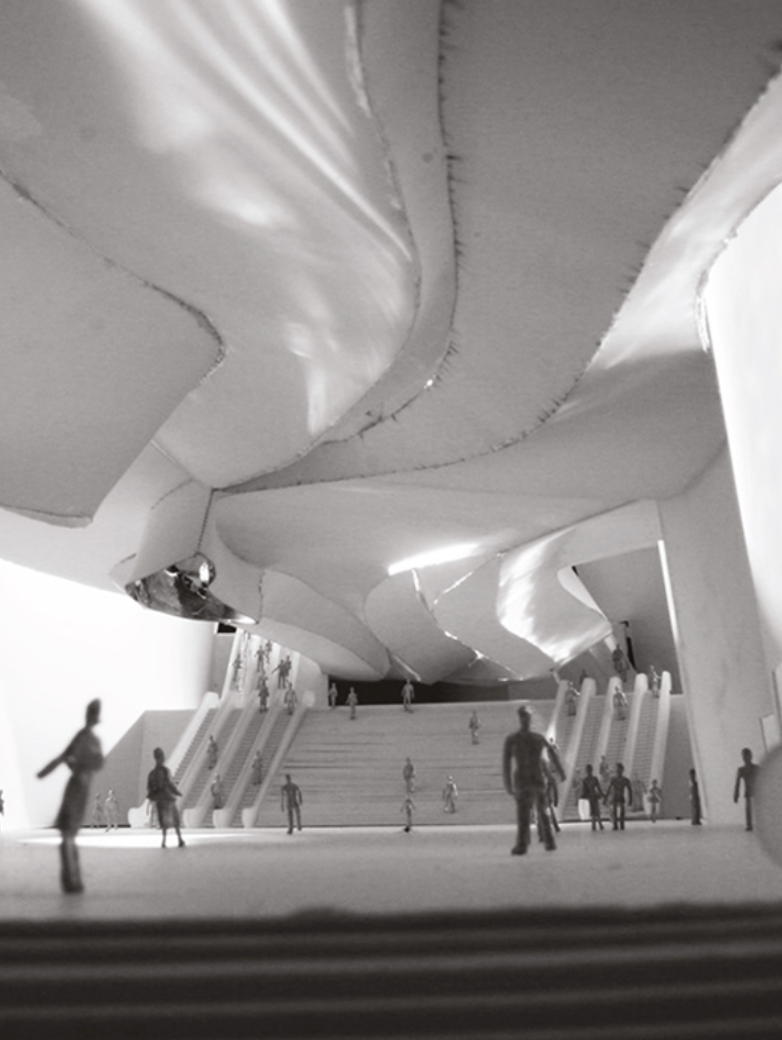2024 - 3D PRINTING DAYLIGHT
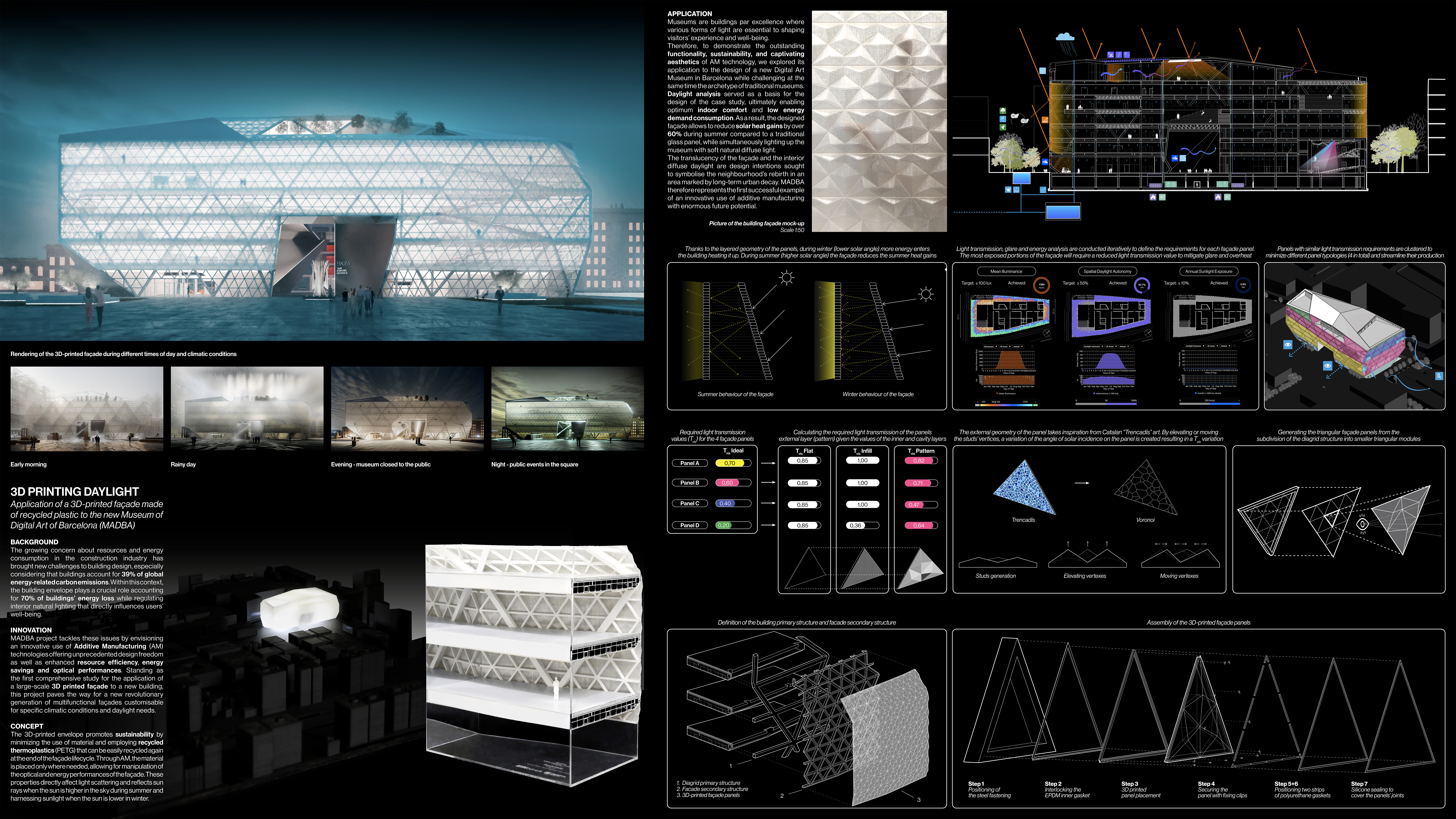
Category
Daylight in Buildings - Region 1: Western Europe
Students
Riccardo Rivano, Marta Stevenazzi & Silvia Taddei
Teacher
Gabriele Masera
School
Politecnico di Milano
Country
Italy
Download
Download project board
Background
The growing concern about resources and energy consumption in the construction industry has introduced new challenges to building design, especially since buildings account for 39% of global energy-related carbon emissions. The building envelope plays a crucial role, accounting for 70% of buildings’ energy loss while regulating interior natural lighting, which directly influences users’ well-being.
Innovation
The MADBA project addresses these issues by utilizing Additive Manufacturing (AM) technologies, offering unprecedented design freedom, enhanced resource efficiency, energy savings, and improved optical performance. As the first comprehensive study applying a large-scale 3D printed façade to a new building, this project paves the way for a revolutionary generation of multifunctional façades customizable for specific climatic conditions and daylight needs.
Concept
The 3D-printed envelope promotes sustainability by minimizing material use and employing recycled thermoplastics (PETG) that can be easily recycled at the end of the façade’s lifecycle. Through AM, material is placed only where needed, allowing for manipulation of the façade’s optical and energy performance. These properties directly affect light scattering, reflecting sun rays when the sun is high in the sky during summer, and harnessing sunlight when the sun is lower in winter.
Application
Museums, where various forms of light are essential to shaping visitors’ experiences and well-being, are ideal for demonstrating the functionality, sustainability, and aesthetics of AM technology. We explored its application in designing a new Digital Art Museum in Barcelona, challenging the traditional museum archetype. Daylight analysis guided the design, enabling optimum indoor comfort and low energy consumption. The designed façade reduces solar heat gains by over 60% during summer compared to a traditional glass panel, while simultaneously lighting the museum with soft, natural diffuse light.
The translucency of the façade and the interior diffuse daylight symbolize the neighborhood’s rebirth in an area marked by long-term urban decay. MADBA represents the first successful example of innovative use of additive manufacturing with enormous future potential.
